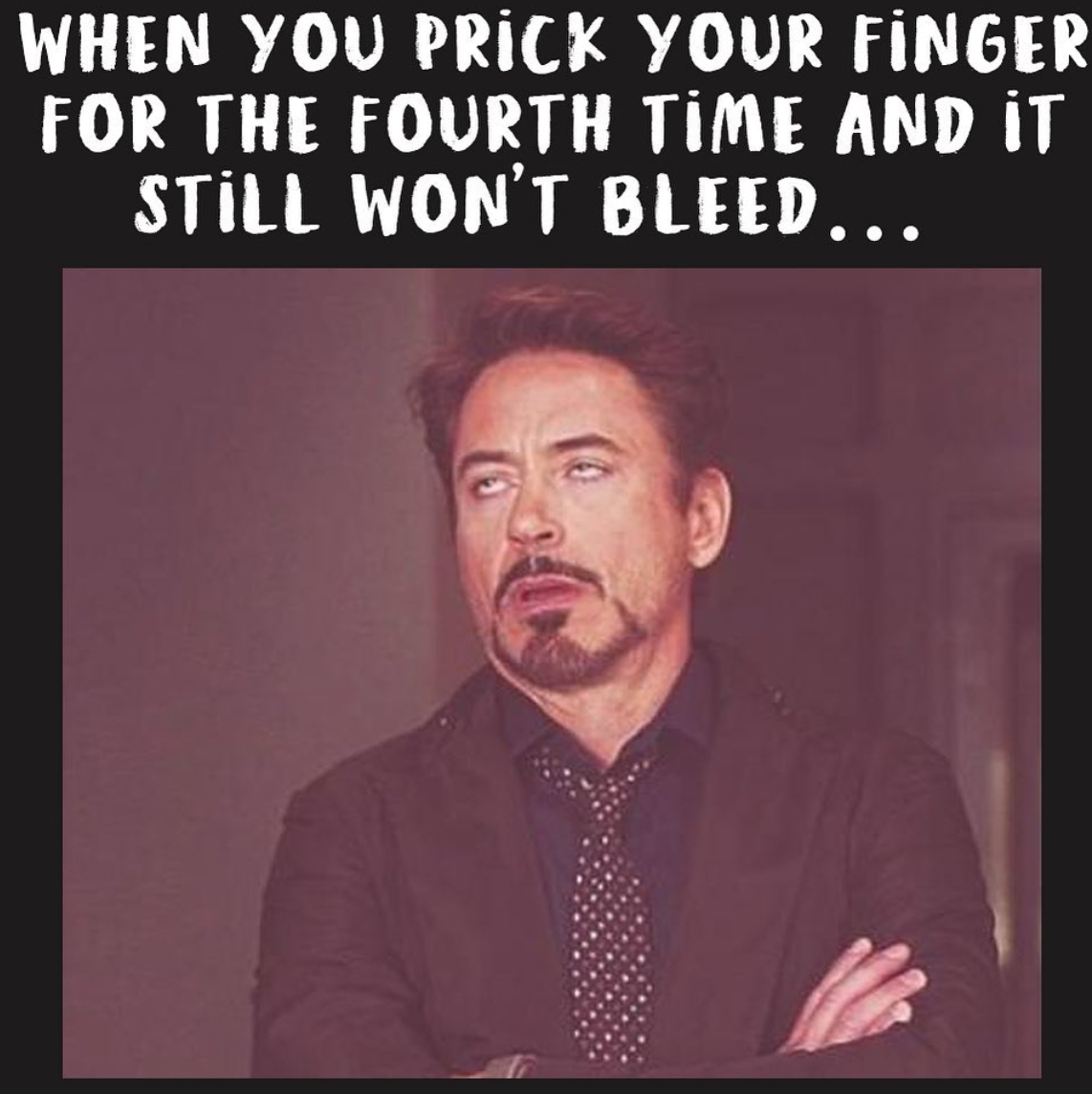How to test blood sugars on a glucometer
This is a short tutorial on how to check blood sugars at home on any commonly available glucometer. Checking sugars is the most basic and important factor of diabetes management. Here are some tips for newly diagnosed families or anyone who needs a little recap on the right way to test on a glucometer.
Why to test
Blood sugar testing gives you essential data that helps make decisions on eating, dosing, exercising, treating a hypo or hyper, among other things. A glucometer is an important part of our diabags and I carry mine everywhere I go. Despite the new age CGMs and FGMs that some of us may use, a good old glucometer is never going out of style!
The only 'bad' blood sugars are the ones you don't know
While it would be great to always have in-range numbers, it is important to dissociate judgement from 'bad' or out of range readings. Blood sugar numbers are just data to make decisions, nothing more, nothing less. The moment it becomes a matter of judgement, you won't feel like testing to avoid feeling judged - eventually causing bigger trouble than just judgement (read : complications).
How to test
- Ensure your fingers are clean - wash hands with soap and water and dry thoroughly.
- You could also use an alcohol swab in absence of soap and water. Make sure the finger is completely dry before pricking as the alcohol can show incorrect glucose readings.
- You'll need a glucometer, test strips (check the expiry date on the strips and store in a cool, dry place, away from direct sunlight), a lancet and a lancing device. If you're using a new bottle of strips, ensure the code on the bottle matches the code on the meter.
- Pick up the lancing device and twist off the top. Insert a new lancet, open the seal and recap the top of the lancing device. Adjust the depth settings on the lancing device. Smaller numbers mean shallower punctures. Do a little trial and error to see what depth works for you. Load your lancing device until you hear a click. It is now ready to use.
- Insert a strip into the meter correctly. Most meters get activated as soon as you put the strip in and once you see the 'blood drop' icon you're ready to go.
- Squeeze the finger gently below the pricking area. Push the pricker against a clean fingertip and push the button to draw a drop of blood.
- Ensure the blood sample is adequate - if not (such as if the blood smears or is watery due to wet hands), the meter will show an error message and you'll have to redo the process with a new strip.
- Hold the (inserted) strip opening to the blood drop. Most meters will make a small beep sound to indicate the blood sample is being read. After a countdown of a few seconds, you'll be able to see your current blood glucose reading on the glucometer.
- Lightly dab the remaining blood on the finger with a cotton swab. It is a good idea to log your glucose readings to refer back and discuss with your medical professional later.
- To wrap up, eject your lancet from the lancing device and responsibly dispose off your medical waste, including the lancet and used test strips. Tightly shut the bottle of test strips and keep your glucometer pouch handy for the next test.

Practical tips
- Pricking the sides of the fingers is less painful than the pulpy part. All 10 fingers can be used for testing.
- Wash hands with warm water if you have trouble drawing enough blood.
- Stay hydrated; this makes it slightly easier to draw blood.
- Refer your glucometer manual for any error messages you may get on your meter screen.
- Always keep a backup battery in your meter pouch. Batteries run out at the most inconvenient times and places!
- Remember, most meters don't read values below 20 or over 500 or 600 mg/dl. They will show LO or HI - it's time to take immediate action if you see either of these on your meter.
SUPPORT BLUE CIRCLE DIABETES FOUNDATION
We need your help and support to continue to grow, expand and touch the lives of countless people in the diabetic community. Every little bit helps us in sustaining this endeavour.
Click here to donate

